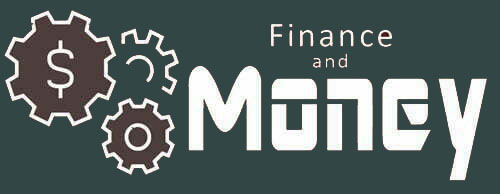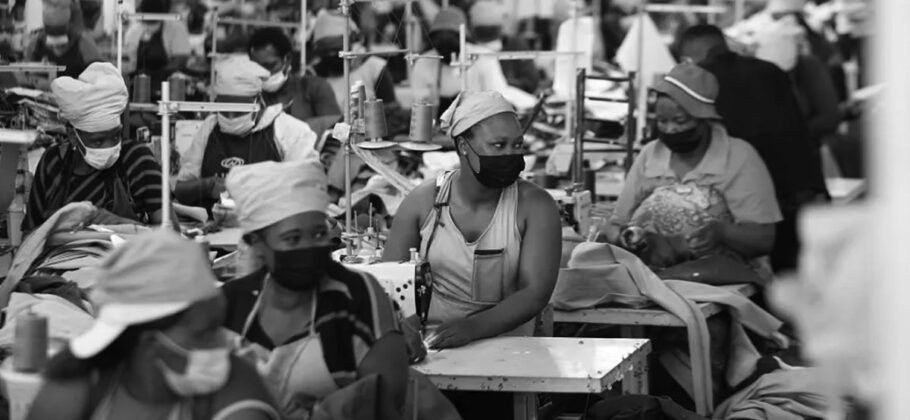President Trump’s sweeping tariff strategy is falling hardest on some of the world’s poorest countries, reversing decades of U.S. trade policy that once aimed to give emerging economies a leg up in the global marketplace. For years, Washington and other wealthy nations granted special trade privileges to developing countries, cutting tariffs and opening markets in order to encourage economic growth. That approach has now been abandoned.
Under the current tariff regime, the poorest nations are facing rates that are often double or triple what richer nations pay. While countries such as Japan, South Korea, and members of the European Union are generally seeing tariffs in the 10 to 15 percent range, many developing nations have been hit with rates exceeding 40 percent. Vietnam faces a tariff of 46 percent, Bangladesh 37 percent, and some of the poorest nations in Asia—Myanmar and Laos—are confronting rates between 40 and 48 percent.
Countries and Industries Under Pressure
In Southeast Asia, Cambodia’s garment industry has been particularly hard hit. The country had hoped to retain favorable access to the U.S. market after slashing its own tariffs on American goods to zero and pledging to buy 10 Boeing planes, with an option for 10 more. But instead of the 15 percent rate it was seeking, Cambodia was saddled with a 19 percent tariff on its exports. “We are a poor country. Our purchasing power is not the same as a rich country,” said Sun Chanthol, Cambodia’s deputy prime minister, who led the tariff talks with the U.S.
In Africa, the toll is equally severe. Lesotho, which President Trump once remarked “nobody’s ever heard of,” has been hit with a 50 percent tariff—the highest in the world. The nation’s textile industry depends heavily on U.S. exports, and more than half of its population lives on less than $3.65 a day. Madagascar follows close behind with 47 percent, Mauritius with 40 percent, Botswana with 38 percent, and South Africa with 31 percent. South African officials note that much of their produce, such as citrus fruit, is counterseasonal and fills gaps in the U.S. market without displacing domestic growers. “The implementation of a 30 percent tariff…will mean most of this fruit will be left unsold,” warned the Citrus Growers’ Association of Southern Africa.
Other countries facing steep levies include Algeria at 30 percent, Namibia and Côte d’Ivoire at 21 percent, and Mozambique at 16 percent. These nations often rely on exports of goods like cocoa, coffee, and textiles—products that the U.S. does not produce domestically in significant quantities.
Why Poor Countries Are Getting Hit Harder
The Trump administration has abandoned the World Trade Organization practice of charging the same tariff rates to all members, regardless of their own rates. Instead, it has adopted a formula that ties tariffs to the size of the U.S. trade deficit with each country, or 10 percent—whichever is higher. The White House argues that this approach is a fair response to years of trade imbalances.
Critics say the formula is both arbitrary and damaging. For example, based on actual trade data, a fair reciprocal tariff for Vietnam might be 4 percent, yet the administration has imposed 46 percent. Bangladesh’s fair rate, using the same measure, would be about 4 percent, but its goods now face 37 percent duties. As Deborah Elms of the Hinrich Foundation put it, “It’s left developing countries with very high tariffs…a significant change especially for treatment of least developed countries.”
Poorer nations often run trade surpluses with the U.S. because they sell low-cost manufactured goods that Americans buy in large quantities, while their own citizens cannot afford to purchase many U.S. products. Unlike wealthy countries, they also lack the capital to invest heavily in the American economy—investments that have spared countries such as Japan, South Korea, and the EU from the harshest tariffs.
Appeals for Exemptions and Warnings from the UN
The United Nations Conference on Trade and Development (UNCTAD) has called on the U.S. to exempt the world’s poorest and smallest economies from these tariffs. UNCTAD notes that 28 of the 57 nations targeted account for less than 0.1 percent of the U.S. trade deficit, and in many cases, the tariffs would generate less than 1 percent of current U.S. tariff revenue. “This is a critical moment to consider exempting them from tariffs that offer little to no advantage for U.S. trade policy while potentially causing serious economic harm abroad,” the agency warned.
UNCTAD also points out that many of these countries export goods such as vanilla from Madagascar or cocoa from Côte d’Ivoire and Ghana—products for which there are few substitutes. In 2024, the U.S. imported nearly $150 million worth of vanilla from Madagascar and almost $800 million in cocoa from Côte d’Ivoire. Raising tariffs on such goods is likely to raise consumer prices in the U.S. without creating domestic alternatives.
Economic and Human Impact
Economists say the effect on local economies could be severe, particularly in industries such as apparel manufacturing. In Bangladesh, garment workers earn about $5 a day—roughly $10 in purchasing power terms—compared with $127 per day for a U.S. apparel worker. Even with steep tariffs, the U.S. will not become competitive in these industries, but demand for imported goods will fall, leading to factory closures and job losses abroad.
For countries where apparel exports make up a significant share of GDP, such as Vietnam and Bangladesh, the stakes are high. Vietnam’s apparel exports to the U.S. represent about 3 percent of its GDP, and an early estimate suggests the new tariffs could lower its gross national income by 1 percent. In Cambodia, where the garment sector is a major employer, companies fear they will lose their foothold in a crucial market.
The Case for a More Tailored Approach
The broader question is whether the U.S. should apply identical tariff formulas to all trading partners, regardless of their economic conditions. Trump’s defenders argue that the U.S. has for too long allowed other countries to benefit from lopsided trade deals. But critics say that punishing poor nations with the same tools used against economic powerhouses ignores their limited ability to adapt and negotiate.
The U.S. finds itself in this position, in part, because so many nations push for concessions while offering little in return. Yet if the goal is truly “fair trade,” it may require recognizing that fairness can look different depending on the size, wealth, and capacity of each partner. As Sun Chanthol of Cambodia put it, “I was hoping to at least get 15 percent like Korea or Japan.” For many poorer nations, the difference between 15 percent and 40 percent is the difference between sustaining jobs and shuttering industries.
FAM Editor: You can’t have fair trade and still offer concession to whoever whines, that is how we got into this mess in the first place.





